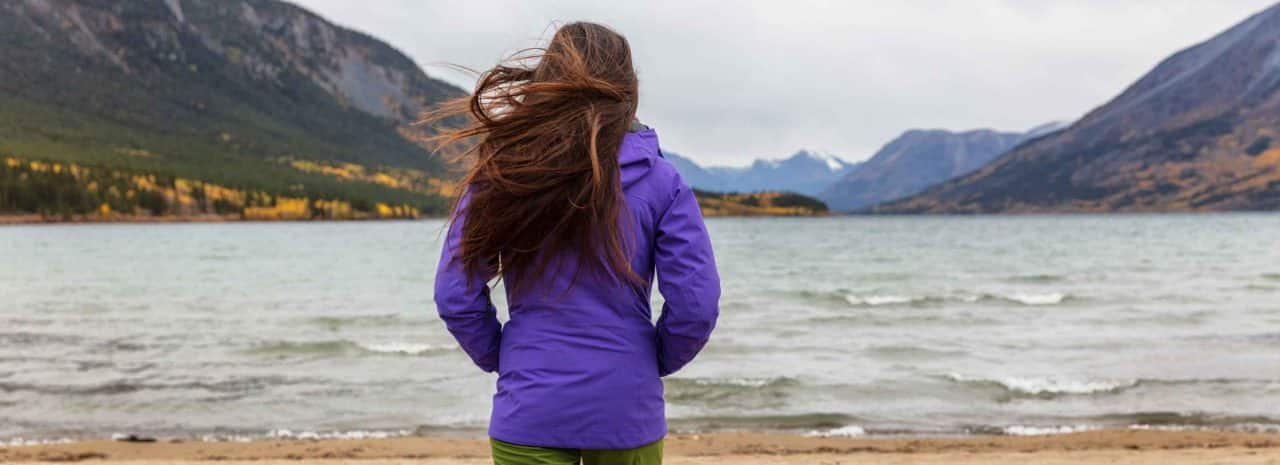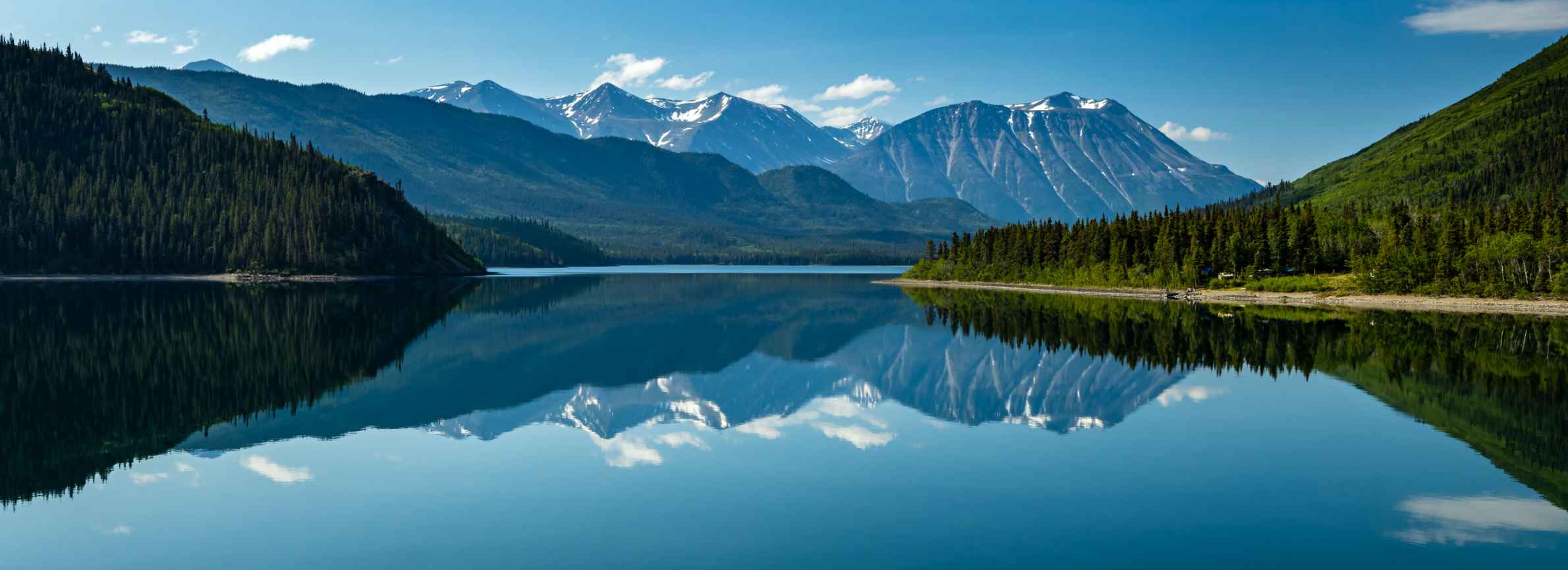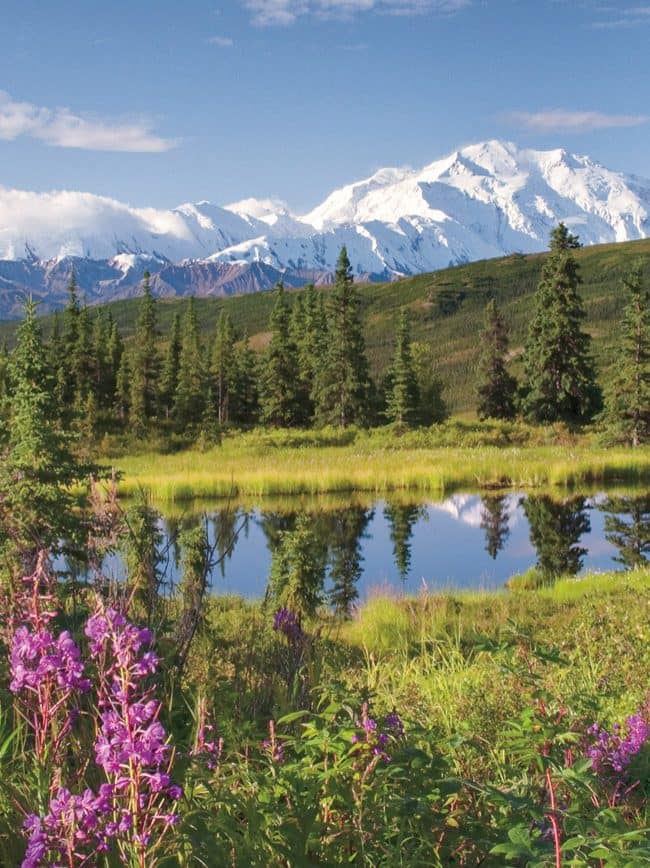What to expect and when to visit

Alaska Cruise Weather
Cruise season in Alaska is just five months long, running from May to September, although Holland America Line offers Alaska cruises in late April and early October.
So when is the best weather to cruise Alaska? Keep in mind that Alaska and the Yukon make up an enormous mass of land; in fact, combined they are about half the size of the lower 48 states! As you can imagine, it can be difficult to speak in generalities about the climate for a place so vast. However, we’ve broken down the weather in Alaska by season and area, with advice on what to expect, so you can choose the best time to cruise to Alaska.
Weather In Alaska By Season

Spring
Temperatures will be lower in the spring (early May to late June), and the weather a bit more unpredictable, but on the plus side there are fewer visitors in Alaska and the prices are likely to be a bit lower. So if you’re on the hunt for some of that famous northern solitude, spring is the time for you. And best of all, the land is bursting back to life after the long, cold winter months. Flowers are blooming, bears are rousing from their slumber, and a sense of renewal permeates the land. So, don’t scratch spring off your calendar just because Alaska’s climate may not be ideal.
Average Spring Temperatures:
- Inside Passage/Southeast; Southcentral; and Interior: daytime highs in the mid 50s to upper 60s, with low temperatures in the mid to upper 30s.
- Far North/Arctic: daytime highs in the mid 20s to upper 30s, with low temperatures in the mid-teens to upper 20s.


Summer
Summer is the peak season for tourism and considered the best time for Alaska cruises, and for good reason. Running from late June to mid-August, summer has the warmest temperatures, near endless sunlight (approximately 18 hours or more per day!), and the best chances for viewing wildlife. And with the tourism industry in full swing, you’ll find more services and a seemingly endless list of activities to take part in. But you won’t be alone — more stuff to do and nicer weather in Alaska means more people — and the prices will generally be a bit higher.
Average Summer Temperatures:
- Inside Passage/Southeast; Southcentral; and Interior: daytime highs in the low 60s to low 70s, with low temperatures in the upper 40s and low 50s.
- Far North/Arctic: daytime highs in the low to mid 40s, with low temperatures in the lower 30s.

Fall
This is when Alaska and the Yukon are enjoying a last hurrah before winter sets in. Running from late August through September, fall in Alaska can feel very much like spring. The temperatures will be cooler and the weather more unpredictable, but, like the spring, prices will often be lower and you’ll have less company. And the Alaska wildlife viewing can rival that of the summer, as creatures great and small are out prepping for the barren, frigid months ahead. With fall comes shorter days, but this isn’t without its advantages. Shorter days mean there is an excellent chance of seeing the Northern Lights (Aurora Borealis) in the late evenings.
Average Fall Temperatures:
- Inside Passage/Southeast; Southcentral; and Interior: daytime highs in the mid 50s to low 60s, with low temperatures in the low 40s.
- Far North/Arctic: daytime highs in the mid to upper 30s, with low temperatures in the mid 20s.
Each season has its pluses and minuses and the best time to cruise to Alaska depends on what’s important to you. Now that you know what to expect from the weather, peruse Alaska cruise itineraries.